Lateral Epicondylitis (Tennis Elbow)
Lateral epicondylitis (LE), also known as "Tennis Elbow", is the most common overuse injury in the elbow. It is a tendinopathy injury involving the extensor muscles of the forearm. These muscles originate on the lateral epicondylar region of the distal humerus. Overuse of the muscles and tendons of the forearm and elbow together with repetitive contractions or manual tasks can put too much strain on the elbow tendons.
Fact - Only 5% of people who experience tennis elbow associate the injury to tennis.
The main symptom of LE is pain, which can be produced by palpating the origin of the extensor muscles at the lateral epicondyle. The pain can also radiate both upwards along the upper arm and downwards along the outside of the forearm, and in rare cases, into the third and fourth fingers.
A study by Warren suggested there are four stages on the development LE and intensity of symptoms:
- Faint pain a couple of hours after the provoking activity.
- Pain at the end of or immediately after the provoking activity.
- Pain during the provoking activity, which intensifies after ceasing that activity.
- Constant pain, which prohibits any activity
One of the main treatment methods for LE is exercise-based intervention. The study of Vicenzino et al. found that physical therapy interventions including elbow joint mobilization with movement combined with exercise has been shown to have better results than "Therapeutic Corticosteroid Injection" at 6 weeks and to wait and see at 6 weeks but not 52 weeks. Recent research regarding cervicothoracic joint mobilization in conjunction with local treatment for LE has shown improvements in strength, pain, and tolerance to activity compared to local treatment alone.
An Accredited Exercise Physiologist prescribed exercise programme has been shown to both reduce symptoms and increase function of the affected limb. Once of the main exercise principles for the management of LE is eccentric exercise. An eccentric contraction is the motion of an active muscle while it is lengthening under load. The initial eccentric exercises for LE include wrist extension, pronation and supination and radial deviation, with the concentric phase of the exercise may be performed passively or with assistance from the un-injured side. Positioning of the injured side with the elbow is in full extension, forearm in pronation and the arm is supported, results in the greatest strengthening result for the extensor tendons. However, should you have moderate/high symptoms completing exercises in this position, flex you elbow to 90 degrees. Optimal dosage of exercise for the best outcomes is still to be determined, however the eccentric exercises should be performed slowly initially, with the speed of movement increased as the rehabilitation protocol progresses.
Other treatments for LE include:
- Anti-inflammatory medications
- Counterforce braces
- Extracorporeal shock-wave therapy
- Acupuncture
- Injections: Cortisone, platelet-rich plasma (PRP) and autologous blood injection (ABI)
- Surgery
Blake Cocking
Workers Compensation Specialist (AEP, ESSAM)
Exercise Rehabilitation Services ‑ WA
Ma, K. L., & Wang, H. Q. (2020). Management of Lateral Epicondylitis: A Narrative Literature Review. Pain research & management, 2020, 6965381.
Tyler TF, Thomas GC, Nicholas SJ, McHugh MP. Addition of isolated wrist extensor eccentric exercise to standard treatment for chronic lateral epicondylosis: a prospective randomized trial. J. Shoulder Elbow Surg. 2010; 19:917Y22.
Stanish WD, Rubinovich RM, Curwin S. Eccentric exercise in chronic tendinitis. Clinical orthopaedics and related research. 1986 Jul 1;208:65-8.
Bisset, L., Coombes, B., & Vicenzino, B. (2011). Tennis elbow. BMJ clinical evidence, 2011, 1117.
Warren, RF. Tennis elbow (epicondylitis): epidemiology and conservative treatment, in AAOS Symposium and Upper Extremity Injuries in Athletes, Pettrone, F.A., Ed. St. Louis: C.V. Mosby, 1986; 233-243. Level of Evidence: 1B




